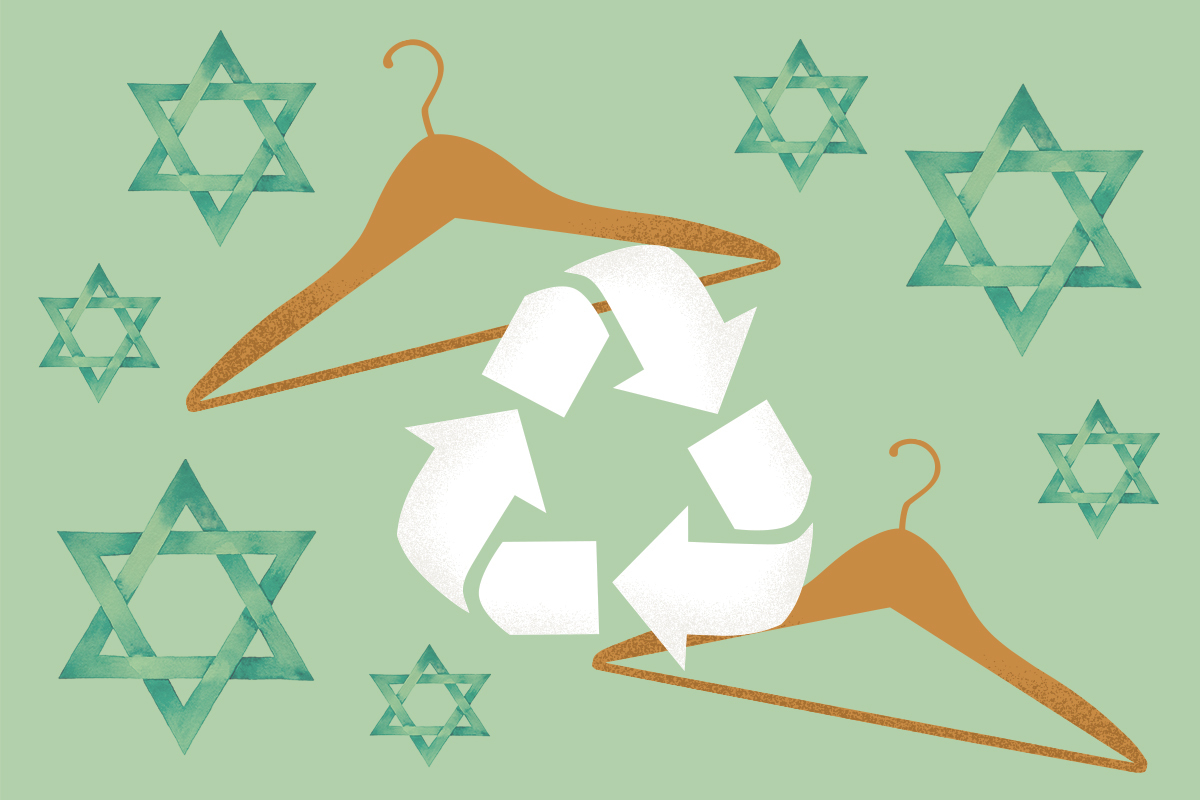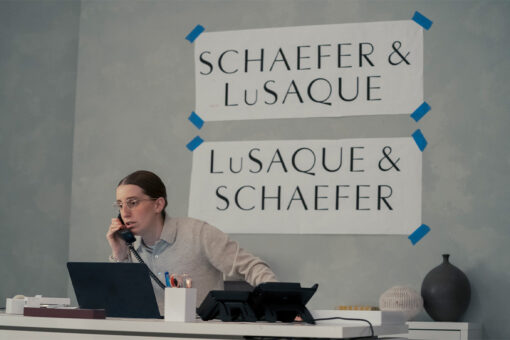From Forever 21, to H&M, to Shein, to Temu, over the past decade or so, fast fashion has grown and expanded to the point that it seems omnipresent. While definitions of what is and is not “fast fashion” can vary, there’s generally a consistent underlying commonality to every definition: Fast fashion is low-cost, low-durability clothing, made to be purchased impulsively, worn a handful of times, and then discarded. The rise of social media-fueled “microtrends” and “haul videos” have only exacerbated fast fashion’s rise.
But have you heard of slow fashion?
Slow fashion as a concept came out of criticism of fast fashion, which has been linked to labor abuses including forced labor, and has a hugely detrimental environmental footprint. The idea behind slow fashion, championed by contemporary writers and fashion experts like Aja Barber and Cora Harrington, is that for the cost of a “haul” of fast fashion pieces that will wear out within a season, shoppers could choose instead to invest in a few high-quality, ethically-made pieces of clothing, which are not only more sustainable, but can last for years.
The fast vs slow fashion debate may sound quintessentially modern, but looking back at history, its roots in American culture are older, and significantly more Jewish, than you might think.
At the end of the 19th and beginning of the 20th century, the labor movement in the United States had been building for years, and could no longer be ignored. While many dangerous trades, like coal mining, were led towards organization by majority-gentile workers, many of them in rural America, the garment industry was majority urban, and had a strong Jewish presence.
In fact, Jewish women and girls were at the forefront of garment workers’ organizing. And it’s important to remember that it was “women and girls,” rather than just women, because then, as now, child labor was a major problem in the textile industry.
When I first came across the campaign for ethical fashion, and read about the conditions faced by modern textile workers, often in countries without strong protections in place for workers, it hit home. My own great-grandparents immigrated to the United States from Eastern Europe at the turn of the 20th century, and they worked in the garment industry. I’m named for my great-grandmother, who immigrated at the age of 10, and did textile work by day while going to school by night. She married my great-grandfather, a fabric cutter who would go on to have a multi-decade career for Lacoste, of alligator shirt fame.
My great-grandparents were far from the only Jewish family in the textile industry. In fact, Rose Schneiderman, who became a labor organizer at 21 and went on to be the first woman in America elected to a labor union’s national office, started work at 13, in a department store and as a hat maker. She was well into her career when the labor activism of Jewish women in the garment business caught the attention of the world, after the tragic deaths in the Triangle Shirtwaist Factory fire. She started her career with the United Cloth Hat and Cap Makers’ Union, a majority-Jewish organization, and would eventually go on to befriend Franklin and Eleanor Roosevelt, while fighting for the inclusion of domestic workers in labor protections.
It is, perhaps, not a coincidence that the first woman in a union’s national office was also sensitive to domestic workers’ roles as workers. Then, as now, gender played a role in how work, and worker’s rights, were understood. When Schneiderman became a cap maker in the early 1900s, her mother worried about factory work as enabling the harassment of women. Anti-harassment laws wouldn’t be passed in the United States for decades.
Meanwhile, Jewish men and women made their mark in “slow fashion,” from Levi Strauss’ original, groundbreaking blue jeans originally gaining popularity for their durability and long-lasting materials, to couture designers like Diane von Fürstenburg’s bespoke creations, to honoring body diversity in fashion — Lena Himmelstein saw the trouble pregnant and plus-sized women had finding clothing in the early 1900s, and was inspired to found Lane Bryant.
Today, the discourse around fast fashion ties into broader conversations about the expectations of “professional dress,” the role of fashion and how it relates to class and more. Oddly enough, some critics of fast fashion have been accused of classism — on the grounds that fast fashion is affordable and accessible to people who don’t have much disposable income.
That may be the case. But when thinking of how the clothing industry impacts people without a lot of resources, we shouldn’t forget the people who make our clothes. The men and women of the fashion and textile industry deserve to work in decent conditions for fair compensation — something American Jews have known for a long time, and which, even if a “Shein haul” looks enticing at first glance, we shouldn’t forget.



